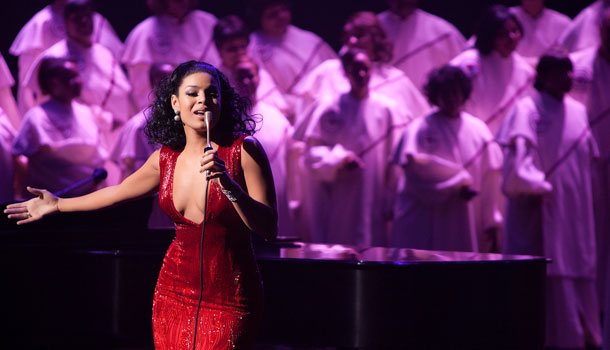
Most hip hop heads would agree that rap music in its heyday was an incredibly diverse genre that had room for hippies, hustlers, militants, gangsters, teachers, romantics, intellectuals, party animals, poets and more.
From the ‘80s to the mid-’90s in particular, rap boasted a wide range of styles, images, messages and sounds. Think about some of the most influential acts pre-2000 and how different from one another they all were — from emcees like Big Daddy Kane, LL Cool J, Rakim, KRS-One, Jay Z and Nas to groups like Public Enemy, N.W.A, De La Soul, Wu-Tang Clan, A Tribe Called Quest, Gang Starr, Outkast and Mobb Deep to female standouts like MC Lyte, Salt-N-Pepa, Queen Latifah, Monie Love, Lauryn Hill, Lil Kim, Foxy Brown, Missy Elliott and too many more to name. Artists and groups had unique, well-defined brands that made them instantly recognizable and impossible to imitate.
But once corporations realized that rap was not a passing fad but a growing phenomenon they could milk for profit, control of the content shifted from black artists who expressed themselves as they saw fit to white executives who paid black artists to express whatever benefited white executives.
As Kool Moe Doe brilliantly notes in the video below, corporations put their money behind specific sub-genres of rap to the exclusion of all others; it just so happens that these sub-genres undermined black self-empowerment and reinforced centuries-old negative stereotypes about black people.
To read the full story, visit RapRehab.com.


